The authorities in Nepal have destroyed more than 4,000 animal body parts in an effort to discourage illegal hunting and trading in wildlife.
 Image copyright: ISHWOR JOSHI/BBC
Image copyright: ISHWOR JOSHI/BBCHorns of endangered rhinos, and skins of tigers and leopards – including a snow leopard and two clouded leopards – were among exhibits burnt on Monday in Chitwan, south of Kathmandu.
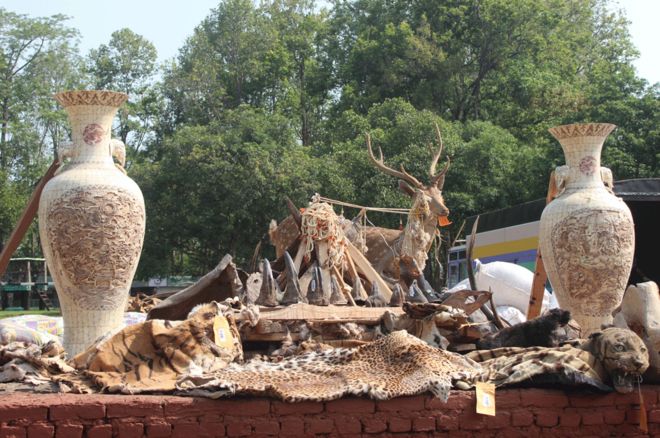 Image copyright: ISHWOR JOSHI/BBC
Image copyright: ISHWOR JOSHI/BBCForeign Minister Prakash Sharan Mahat set the stockpiles on fire at Chitwan National Park, home to many of the world’s endangered wild animals, to mark International Day for Biological Diversity.
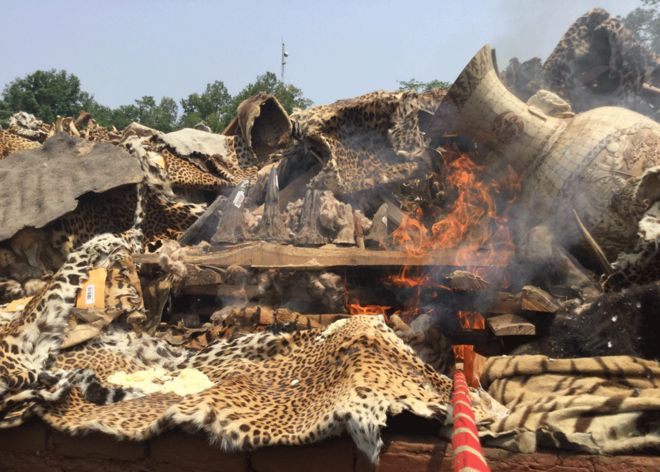 Image copyright: MAHESH ACHARYA/BBC
Image copyright: MAHESH ACHARYA/BBC“We hope that burning the stockpiles of dead wild animals will impart the message that the body parts are valuable only when the wild animals are alive and not, when they are dead.
“This will eventually discourage the illegal trade in animal parts,” Maheshwar Dhakal, joint secretary at the Ministry of Forest and Soil Conservation, told BBC Nepali.
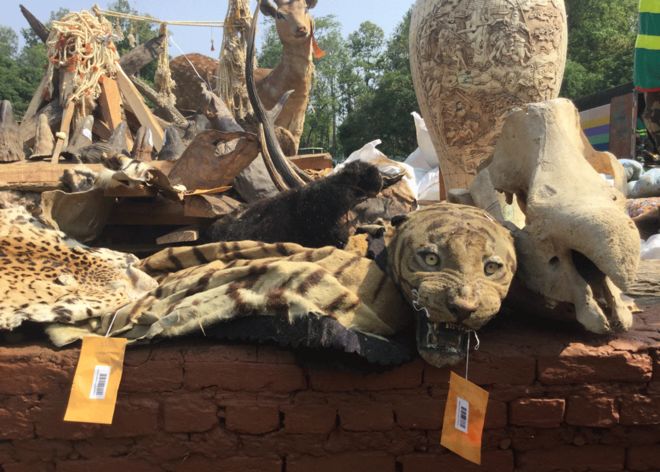 Image copyright: MAHESH ACHARYA/BBC
Image copyright: MAHESH ACHARYA/BBCThe last such event in Nepal was held 20 years ago.
“There is no rationale in spending lots of money preserving and protecting things that will eventually decay,” Mr Dhakal said.
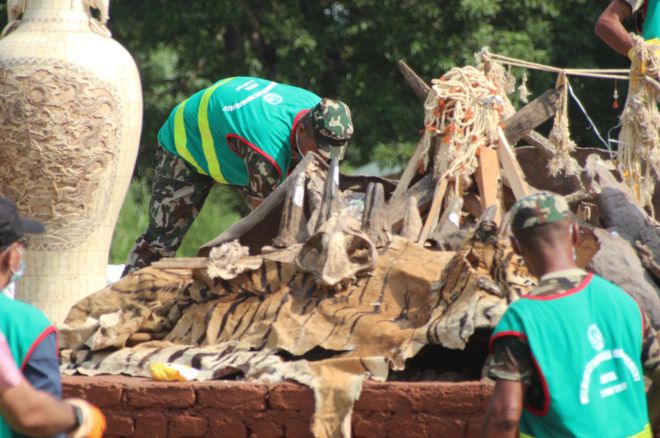 Image copyright: ISHWOR JOSHI/BBC
Image copyright: ISHWOR JOSHI/BBCThe numbers of tigers and one-horned rhinos have gone up in Nepal in the last 20 years, and Chitwan is home to most of them.
According to government data, Nepal has 198 tigers and 645 rhinos, compared with 91 tigers and 372 rhinos two decades ago.
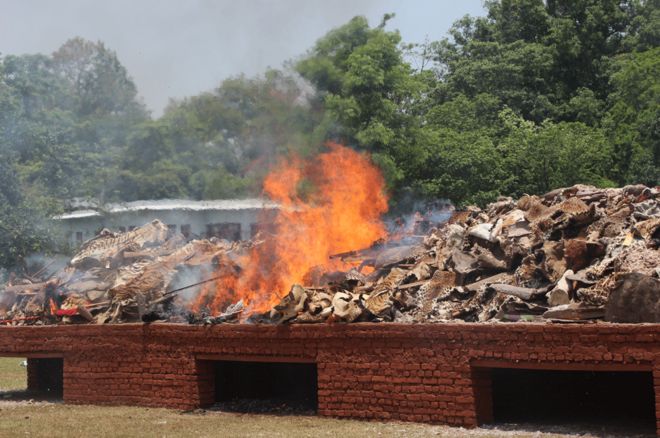 Image copyright: ISHWOR JOSHI/BBC
Image copyright: ISHWOR JOSHI/BBCOfficials believe that stringent anti-poaching activities, grassland management and increasing public awareness are some of the reasons behind the success.
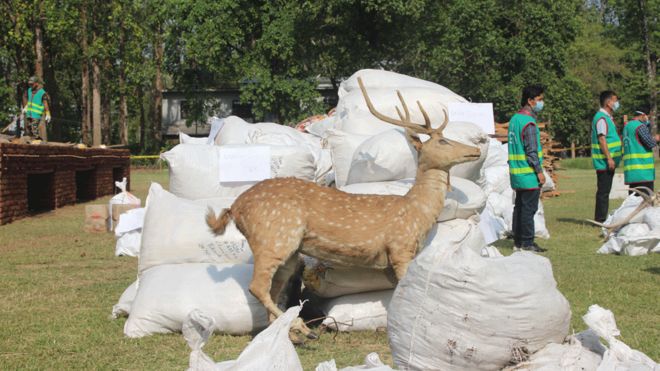 Image copyright: ISHWOR JOSHI/BBC
Image copyright: ISHWOR JOSHI/BBCOfficials decided not to burn 1,100kg of elephant tusks.
They say Nepal does not have an incinerator or furnace that can reach temperatures of more than 900C required to burn ivory.
This story originally appeared in BBC News Online and here is the link: http://www.bbc.com/news/world-asia-39996672